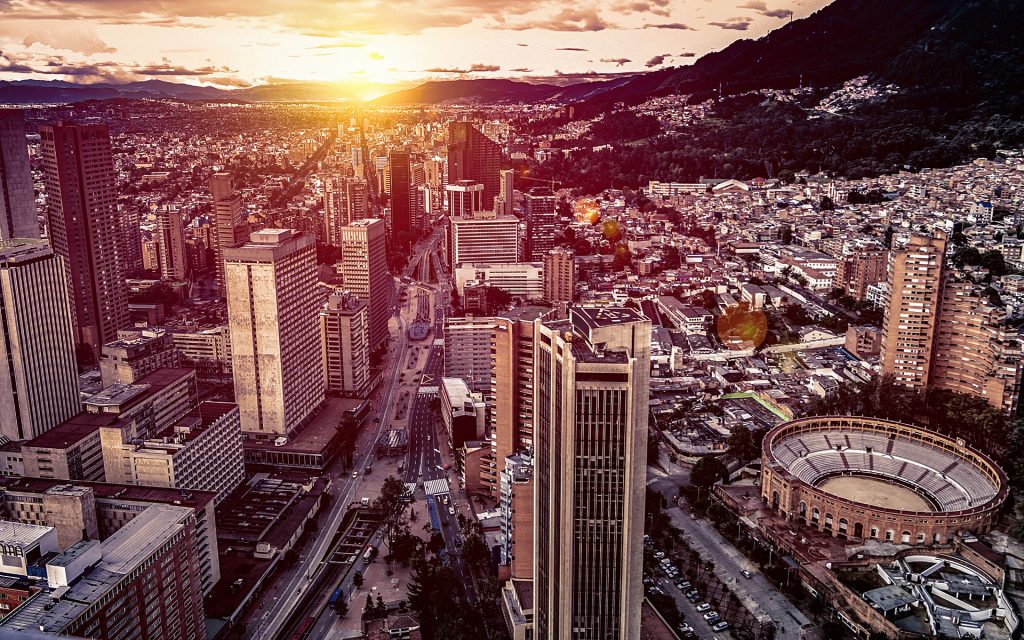
Millions of Bogotá commuters, squeezed like sardines in buses that inevitably remain stuck for hours with cars and trucks in chaotic traffic finally have reason to hope: the Colombian capital will finally get its first metro line. Its mayor, Enrique Peñalosa, has given notice of his intention to get construction underway as soon as possible.
Peñalosa wants to announce the winning bid for the project by the end of September to have work start in March 2020.
A great opportunity for Bogotá
With 8.5 million inhabitants and counting, Bogotá is one of the most problematic cities in the world in terms of urban mobility. Its bus service, called TransMilenio, is also a victim of road congestion in the face of the growing number of passengers.
The idea to build a metro dates back to 1942, when the city had just 400,000 inhabitants. It would become a project 20 years later before it was abandoned and then resuscitated several times as the city’s chaotic growth continued. But the metro, demanded by commuters, never obtained financial support, let alone political backing.
State and local administration focus on the metro
Today, the project has finally received the funds, amounting to more than $4.0 billion, and the necessary institutional support. It will receive $3 billion from the national government and $1.3 billion from the city. Multilateral banks including the World Bank, the Inter-American Development Bank and the European Investment Bank will cover the rest through loans.

The line will first be about 24 kilometres (14.8 miles) long,and be entirely elevated from the western district of Bosa to Avenida Caracas in the centre. It will have 16 stations, 10 of which with connections to TransMilenio. This first section will relieve traffic in the most congested part of the city, which is overrun by 12.7 million daily trips, according to city figures.
Bogotá’s metro, according to documents, will be based on criteria of energy efficiency and environmental projection. It will be powered by electricity and use natural ventilation rather than air conditioning for its carriages. These features will deliver important operational savings at no cost to commuters or the environment.
An elevated metro
The decision to build the metro along a viaduct rather than doing it underground (the tracks will run at a height of 13.5 metres, or 44 feet, from the ground) was crucial in getting the funding for the project. The cost of excavating tunnels would have been 48% higher, according to the city. The savings are estimated at $61 million per kilometre. Even the operating costs will be 28% lower than an underground metro since there will be no need for ventilation systems or water pumps.
Moreover, the metro will be built more quickly because the sections that will make up the viaduct can be prefabricated and rapidly installed. This would also include the parts for the stations. The time needed to build the metro will consequently be 40 rather 66 months, according to the project manager.
So, after decades of stops and starts, it looks like the metro is finally going to become a reality. Peñalosa, who has held various positions in the transport sector, aims to sign the contract with the winning consortium before October 27 when elections are held for mayor.

